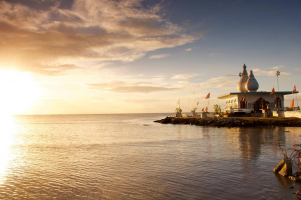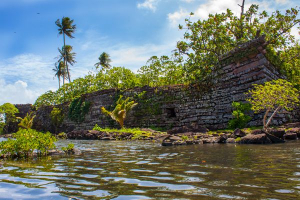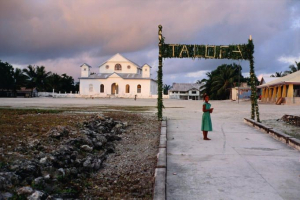Top 10 Most Beautiful Historical Sites in Hungary
The Romans, the Great Kingdom of Hungary, the Ottomans, and the Habsburgs all had a hand in shaping Hungary's history. The Kingdom of Hungary, founded in 897, ... read more...is one of Europe's oldest kingdoms, and approximately 1000 A.D. As a result, there is a magnificent melting pot of ancient monuments to see, ranging from Budapest's Buda Castle to the Hungarian Parliament Buildings. Here are some most beautiful historical sites in Hungary you should not miss if you visit the 'Heart of Europe.'
-
Buda Castle (Budai Var) is a sprawling castle in Budapest's Castle District that houses several institutions, including the National Gallery.
Mongol assaults threatened the then-separate towns of Buda and Pest in the 13th century, and Pest surrendered in 1241-1242. A few years later, King Bela IV chose to fortify Buda, a project that was finished about 1265, providing his citizens with sturdy walls to shelter behind.
Buda Castle was built in the 14th century by Stephen, Duke of Slavonia (the king's younger brother), but it has been destroyed and rebuilt several times since then, including by King Sigismund, and later altered by the Ottomans in the 16th century when they repurposed the castle as gunpowder storage and a magazine.
During the catastrophic siege of Buda in the late 17th century, the castle was destroyed and rebuilt as a considerably smaller Baroque palace in the 18th century. Construction was delayed owing to a fire and was only completed much later for the Queen of Hungary. It was never utilized as a royal house since the Queen spent so little time there. Instead, it was utilized as a nunnery and university for a short time.
Location: Budapest

Photo: Ulysses Travel 
Photo: Daily News Hungary -
The Hungarian National Museum has a vast collection of historic artifacts, documents, and works of art. It spans a wide range of time periods and showcases works from throughout the historical and geographical spectrum.
The Hungarian National Museum was founded in 1802 by Count Ferenc Széchényi, who also founded the National Széchényi Library. A year later, his wife donated a mineral collection, resulting in the establishment of the Hungarian National Museum as a general and natural history museum rather than a library.
The museum's collections are extremely broad, ranging from Palaeolithic bone tools to 45,000 twentieth-century posters commemorating key political, social, and cultural events. The archaeology department of the Hungarian National Museum, which is separated by chronological periods, is one of its primary parts.
This department oversees a plethora of displays that include the Paleolithic age, the migratory period of the early Middle Ages, the Middle Ages in general, and the Hungarian Conquest.Location: Budapest

Photo: Ulysses Travel 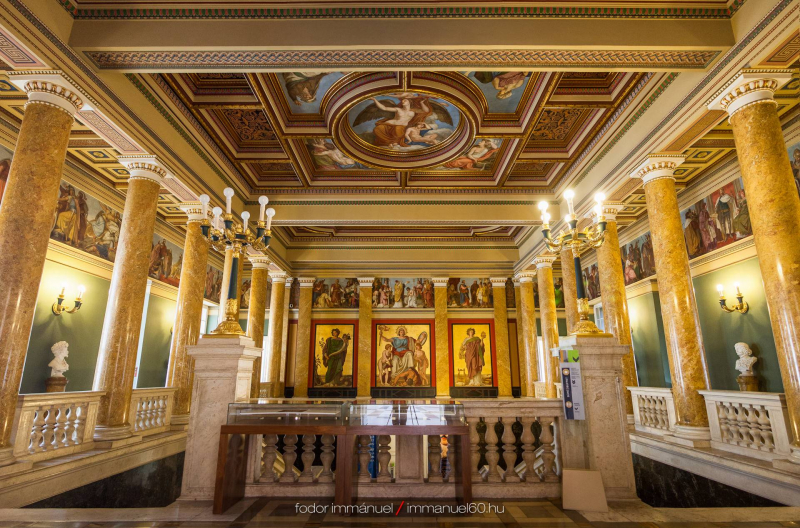
Photo: Imgur -
The Hungarian Parliament Buildings, erected in the nineteenth century in a magnificent Gothic Revival style, are among the oldest in Europe. The Hungarian Parliament Buildings are similar to the Houses of Parliament in the United Kingdom, with peaked towers, an elegant limestone front, and a stunning dome.
Imre Steindl, the architect of the Hungarian Parliament Buildings, was chosen in a competition to design them in 1885, but became ill during construction. In reality, he had gone blind by the time they were finished in 1904. The Gothic revival design required around 40 million bricks, half a million precious stones, and 40kg of gold, and it is estimated that 100,000 individuals were engaged in the building.
The dome is 96 meters tall, commemorating Hungary's 1000th year of existence in 1896. A red star was placed on top of the dome during Communist administration, when the country was known as the People's Republic of Hungary. This was eventually removed in 1990.
The Hungarian Parliament Buildings are now home to Hungary's National Assembly as well as a renowned tourist destination. From frescoes and stained glass to the numerous sculptures dispersed throughout, visitors may admire the various works of art both inside and outside these wonderful buildings.Location: Budapest
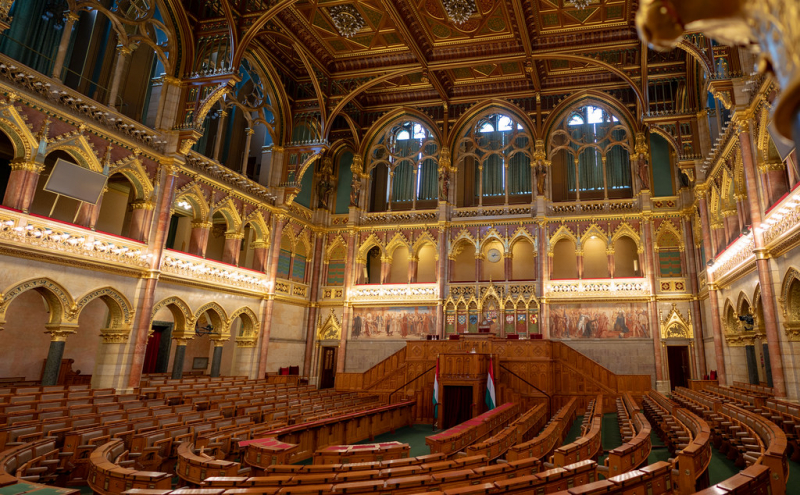
Photo: Flickr 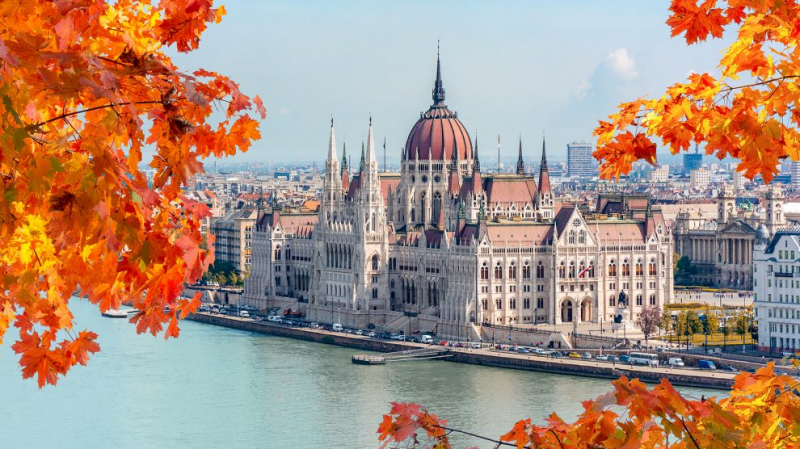
Photo: Emegring Europe -
Aquincum is a significant Ancient Roman site near Budapest, Hungary, that originally housed an important military base and city. The majority of the remains at Aquincum originate from the second century AD, when the city reached its pinnacle with up to 40,000 inhabitants as the capital of Pannonia, afterwards Lower Pannonia.
Because it was the center of Roman border activities, Aquincum was periodically used as the emperors' headquarters. As a result, the city gained municipal status under Hadrian and colonia status under Septimius Severus. By the end of the second century AD, the city had 30,000 residents and was the economic center of the region.
The archaeological remains unearthed illustrate the city's prestige, which include central heating in the dwellings, public baths, palaces, and a Mithras temple (a Mithraeum). Aquincum also had two amphitheatres from the first century AD that were used for gladiatorial and animal combat.
Today, Aquincum has much to offer visitors and history buffs alike, including the remnants of a city wall, an amphitheatre (one of two in Budapest), temples, residences, and burial sites. There's also the Aquincum Museum, which houses artifacts from the site.Location: Budapest

Photo: Tripadvisor 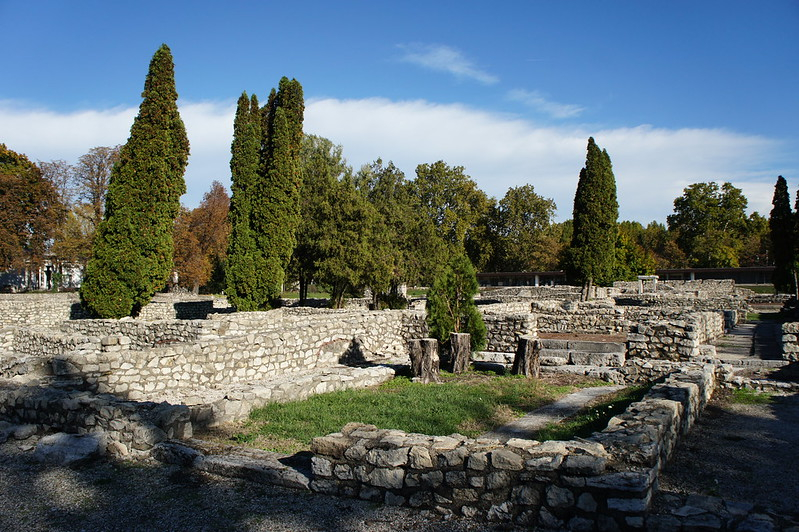
Spotting History -
Budapest's largest church is St. Stephen's Basilica (Szent Istvan Bazilika). St. Stephen's Basilica, begun in 1851 and finished in 1905, was dedicated in the honour of Hungary's canonised King, Stephen I. The church houses one of the king's relics, his right hand, known as the Holy Right and symbolizing his incorruptibility. Today, the tower of St. Stephen's Basilica provides excellent views of the city.
The Hetz-Theater, which was used for animal fights before being converted into a church by a wealthy citizen, János Zitterbarth, was the location of the basilica in the 18th century. By the late 1810s, the parish's population had grown to the point that they began fundraising for a larger, better church.
A panoramic view of Budapest may be obtained by riding an elevator or climbing 364 stairs. The basilica is free to enter, however you can give a little gift if you desire. There are also guided tours available, although a normal admission costs 1600 HUF.
Location: Budapest
Photo: Wikimedia Commons Video: Tom Hall -
Matthias Church (Matyas Templom) is an exquisite medieval edifice where royal marriages and coronations have taken place. This place is one of the most beautiful historical sites in Hungary.
Matthias Church was erected in the 13th century and has been enlarged and renovated several times since then: each era, style, monarch, and Castle siege has left its imprint on the structure. During the Turkish takeover in 1541, it was even used as a mosque.
It is one of the city's oldest structures and can be seen on the Buda hill, in front of the Fishermen's Bastion, not far from the castle. This holy church, also known as the Church of Our Lady, was built in the florid late Gothic style and has a history of almost 700 years. It has hosted a number of coronations as well as two royal marriages.
The Matthias Church has an ecclesiastical museum above and a crypt in the basement. It is on the UNESCO World Heritage list of Budapest.
Matthias Church frequently holds organ and classical music performances because to its excellent acoustics.Location: Budapes

Photo: Ulysses Travel 
Photo: Addflag.com -
The Iseum in Szombathely, also known as the Isis Szentély Romkertje, is a rebuilt 2nd century AD Roman temple devoted to the Egyptian goddess Isis.
The remains of the Iseum's two temples have been excavated since the 1950s, and part of the site has been restored. The original site's ruins, some of which have received extensive contemporary restoration, are now housed within a larger museum complex.
The Iseum is the world's third-largest Toman period Isis church, after only the great churches of Alexandria and Rome. The massive shrine complex was erected beyond the walls of the Roman town in the first part of the second century BC.
The shrine appears to have been in operation until the middle of the fourth century, when it was demolished, its marle sculptures used for lime burning and its stones used in building. The location was later turned into an Early Christian cemetery.
Getting to the Iseum: The Iseum is easily accessible by public transportation. Szombathely is the nearest railway station, while Városháza is the nearest bus stop.Location: Szombathely

Photo: Tripadvisor 
Photo: Tripadvisor -
The Hungarian National Gallery (Magyar Nemzeti Galeria) in Budapest houses various historical art treasures, including stonework, sculptures, and altars from the medieval and gothic periods.
The Hungarian National Gallery, located within Buda Castle, also houses the Habsburg Palatinal Crypt (Nadori kripta), the burial site of the Hungarian line of the Habsburg Dynasty. It should be noted that the crypt is only accessible by prior arrangement and is located on the ground level of Building C.
The Hungarian Primary Gallery, housed in multiple parts of Buda Castle, was founded in 1957 as the country's national art museum. The goal of building the museum was to show Hungarian art from the settlement of the Magyars in the 10th century through the medieval times to the current day.
The collection has around 6000 paintings and 2100 sculptures, as well as 3100 medals, 11,000 sketches, and 5000 prints.
Today, visitors and locals alike visit the gallery to learn about Hungarian art and history. There is a rolling show schedule as well as permanent displays with paintings by great artists such as Cezanne, Pissarro, and Monet.Location: Budapest

Photo: Wikipedia 
Photo: Dreamstime -
The Dohany Synagogue (Dohany utcai zsinagoga), also known as the Dohany Street Synagogue and The Great Synagogue, is Budapest, Hungary's second biggest synagogue. The Dohany Synagogue, built in 1859, was bombed in 1939 by the right-wing Arrow Cross Party.
The renovated Dohany Synagogue, with its unique Moorish facade and magnificent interior, is available to the public and serves as the starting point for tours of Budapest's Jewish Quarter. The Budapest Jewish Museum, located next to the Dohany Synagogue, is the birthplace of Theodor Hertzl, the father of modern Zionism.
The Dohany Synagogue was erected in the Moorish Revival style between 1854 and 1859. While no particular Jewish design could be recognized, the Arabic and Israelite peoples share many characteristics of Middle Eastern culture. The main influences were from Islamic structures in North Africa and medieval Spain, such as the Alhambra.
The best method to go to Dohany Synagogue on the same street is to take use of Budapest's enormous public transportation system. Only 2 minutes from the synagogue, the Astoria transport stop serves trams 47, 48, and 49, as well as buses 9 and 916 and trolleybus 72M.Location: Budapest
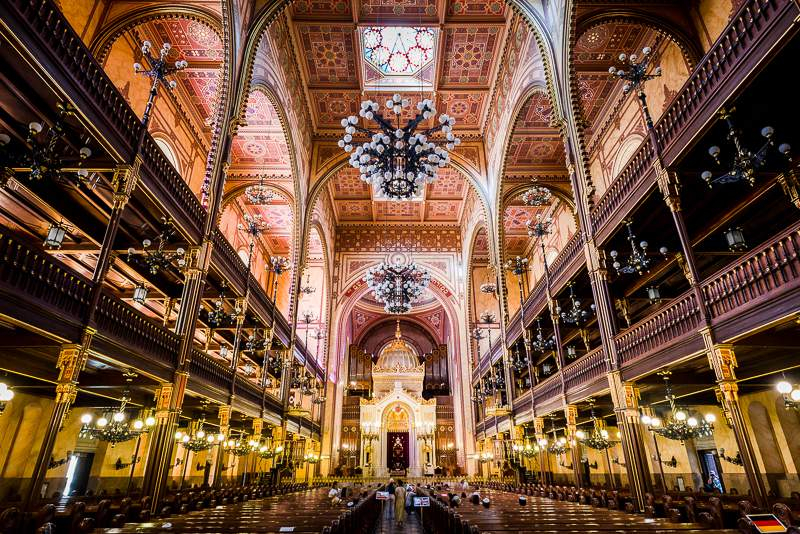
Photo: Daily News Hungary 
Photo: Snapwire -
The last place that Toplist wants to introduce in the list of Most beautiful historical sites in Hungary is Fisherman's Bastion.
The Fisherman's Bastion (Halaszbastya) in Hungary is a beautiful set of walkways and terraces built between 1895 and 1902 along the eastern part of Budapest's Castle Hill.
The Fisherman's Bastion is one of the city's most famous monuments, with turrets and towers reminiscent of a fairytale. It has 7 towers in all, each symbolizing one of Hungary's tribes.
While the name suggests a coastal fortress, Fisherman's Bastion is neither coastal nor defensive. The name alludes to the fisherman's guild, which originally guarded this section of the medieval fortifications.
Today, the Fisherman's Bastion is a UNESCO World Heritage site in Budapest.
Buses 16, 16A, 116, and 916 all stop at Szentháromság tér and take you to the Castle District. Trams 17, 19, 41, 47, 49, and 56 travel along the riverfront on Bem rkp., which is only a 7-minute walk from Fisherman's Bastion.Location: Budapest

Photo: Culture Trip 
Photo: Tourcounsel













